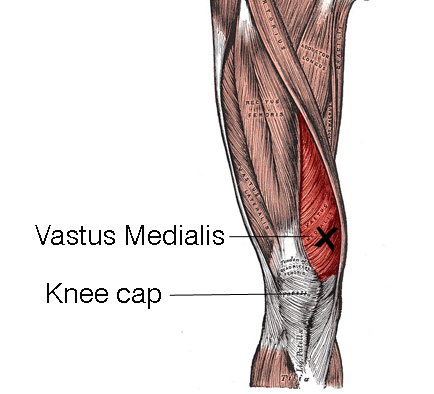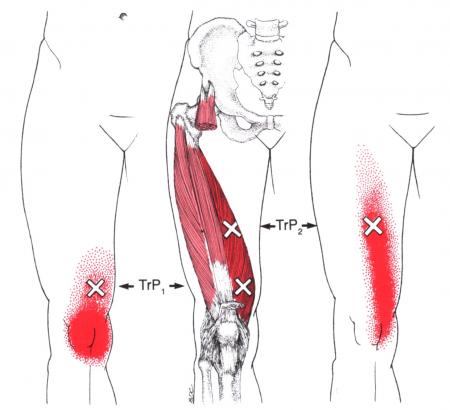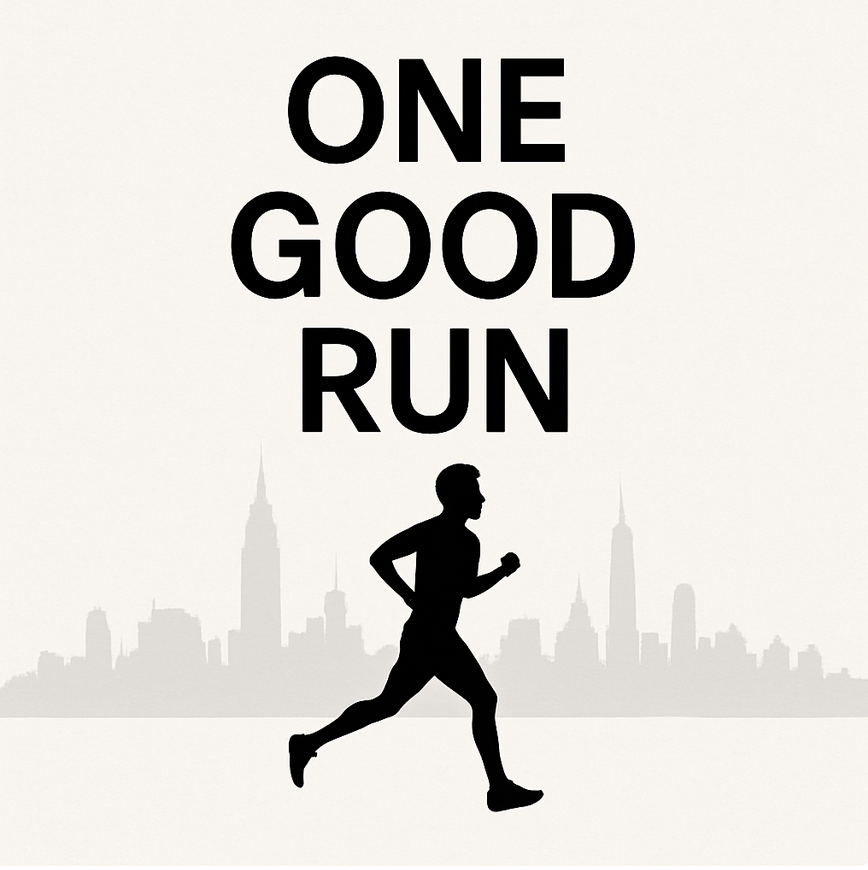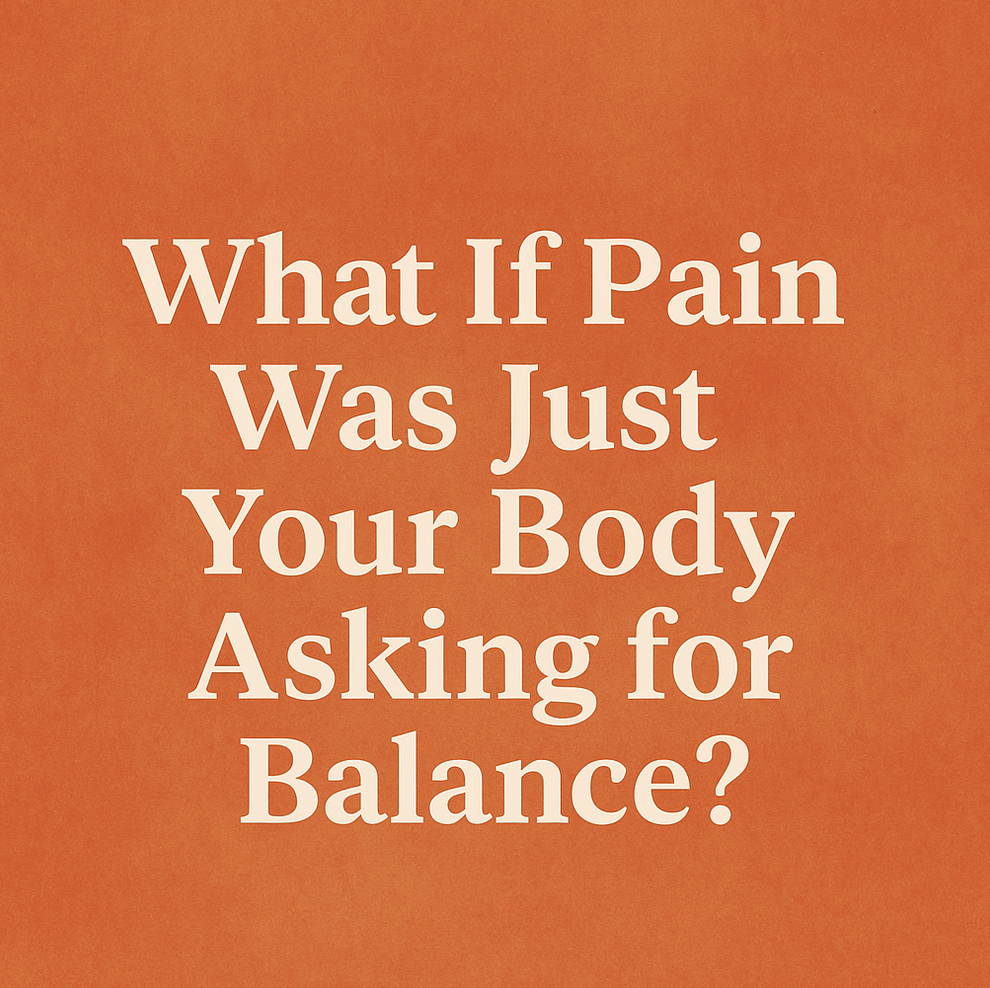Written by Daniel O’Grady, Knee Specialist Physio and Running Coach
Many runners worry that their favorite activity might lead to knee osteoarthritis (OA), but research suggests otherwise.
In fact, runners do not have a higher prevalence of knee OA compared to non-runners.
Let's explore why running might actually help your knees stay healthy.
The Misunderstood Relationship Between Running and Knee OA
Cumulative Load vs. Peak Load:
Cumulative Load: The total stress your knees experience over time is more important for OA risk than the peak load during a single stride. Surprisingly, running has a low cumulative load compared to walking the same distance because of the shorter ground contact time and longer stride length.
Peak Load: While running involves higher peak loads, the overall stress on knee cartilage is managed better in runners due to their conditioned cartilage.
Cartilage Conditioning:
Adaptation: Regular running conditions knee cartilage to handle the mechanical stresses of running. This means the cartilage becomes stronger and more resilient over time.
Mechanisms: Running increases the thickness and glycosaminoglycan content of knee cartilage, which helps in shock absorption and lubrication, making it more resistant to wear and tear.
Misconceptions About Joint Loading:
High Peak Loads: Although peak knee joint loads in running are high, they do not necessarily lead to OA because the body adapts to these loads.
Dynamic Loading: The dynamic nature of running loads, with high rates of loading and unloading, is less harmful to cartilage compared to static loads, which are common in occupations requiring long periods of standing.
Key Takeaways
Low Risk for Runners: Recreational runners have a low risk of developing knee OA. Running might even protect against OA by conditioning the cartilage and keeping it healthy.
Stay Active: Regular, moderate running can be beneficial for your knee health. It's important to listen to your body and avoid excessive training volumes to prevent injuries.
By understanding these insights, runners can feel more confident that their passion for running is not only safe but also potentially beneficial for their knee health.
Keep running smart, and your knees will thank you!
If you’d like help on your journey getting back to running with knee pain or OA - join Physio Dan at The Resilient Knee Project - an innovative and unique program that gets you back to running and doing what you love - let’s get started today!
Journal link
Joint Loading in Runners Does Not Initiate Knee Osteoarthritis
Ross H. Miller
Exerc Sport Sci Rev. 2017;45(2):87-95




















